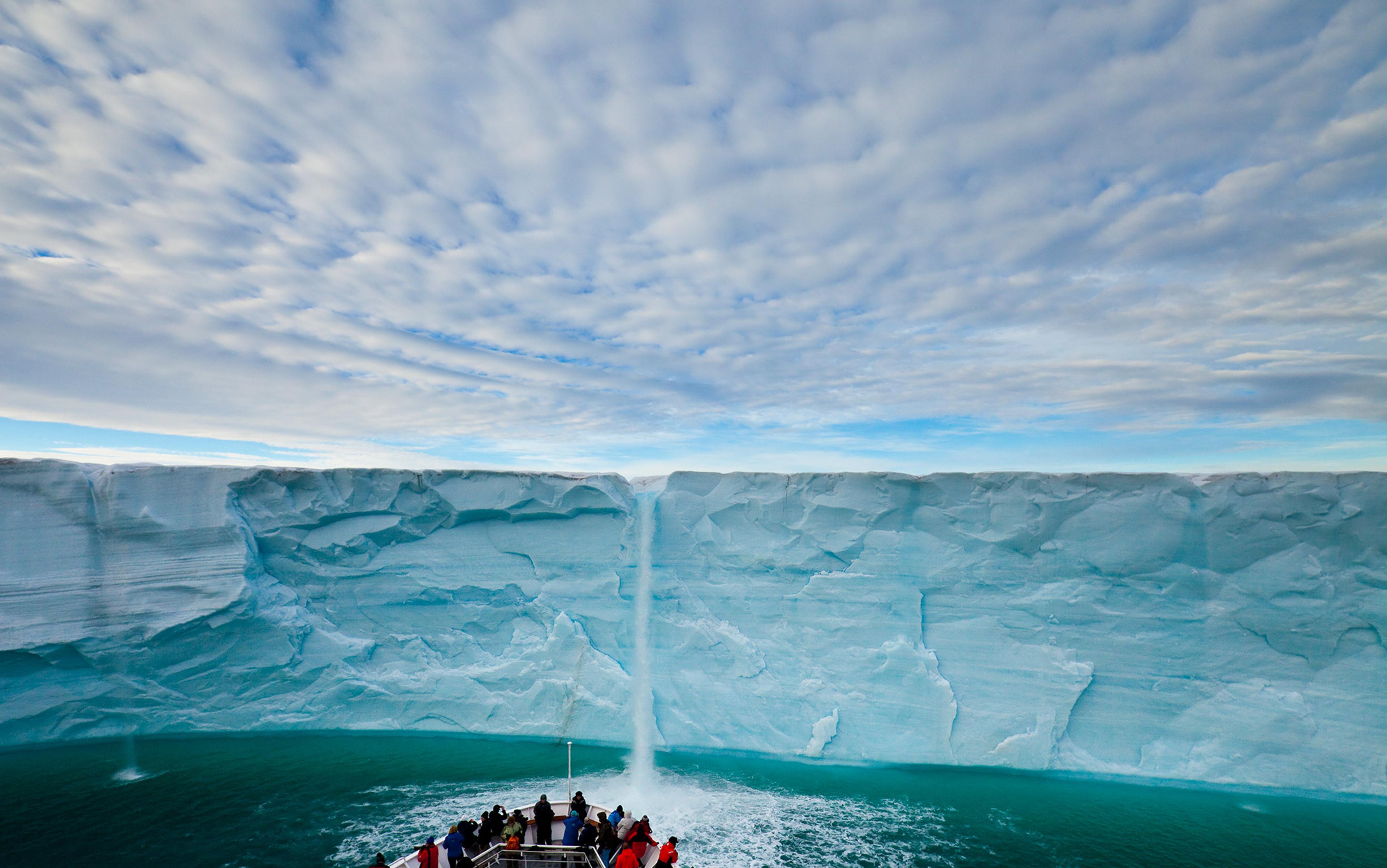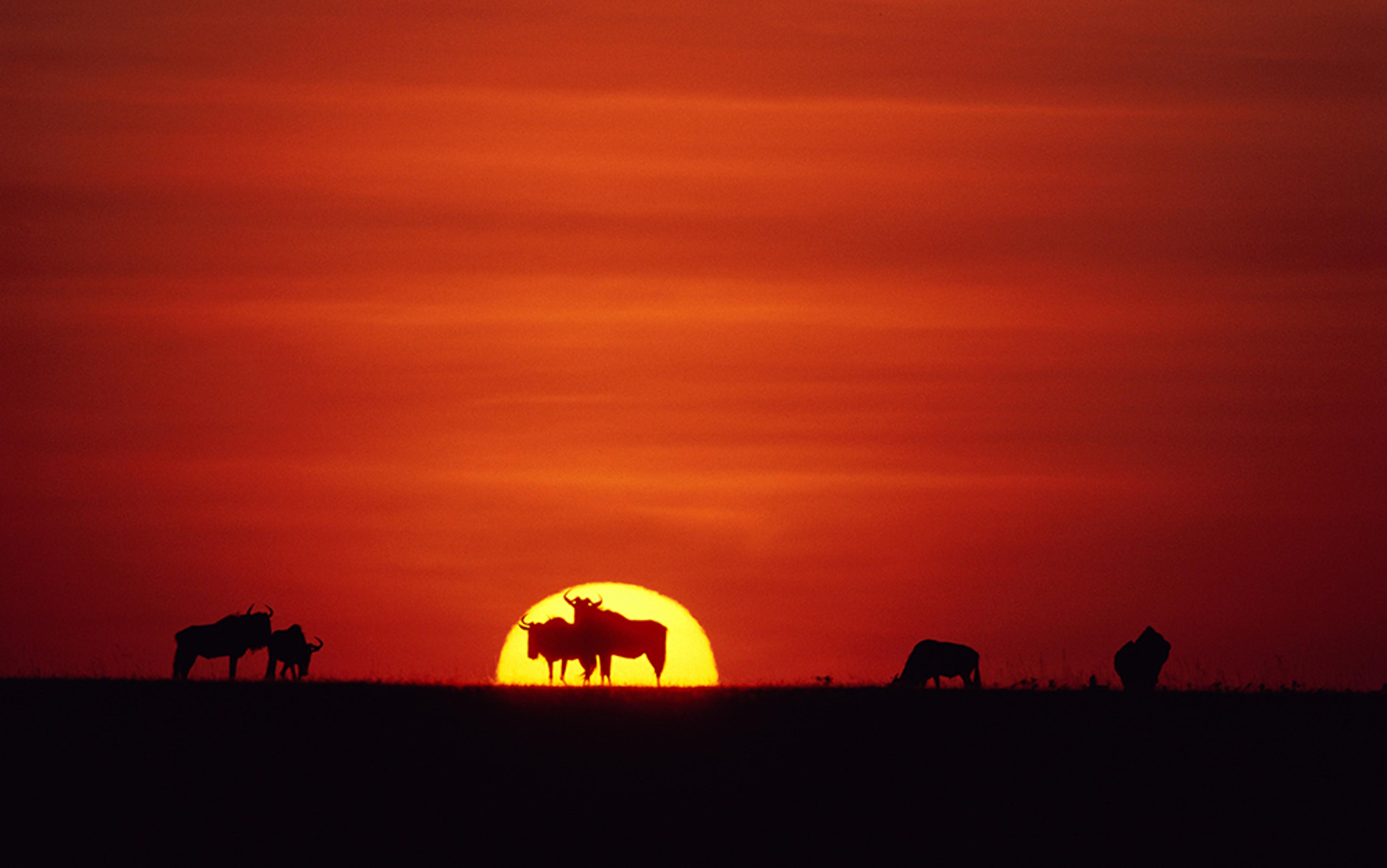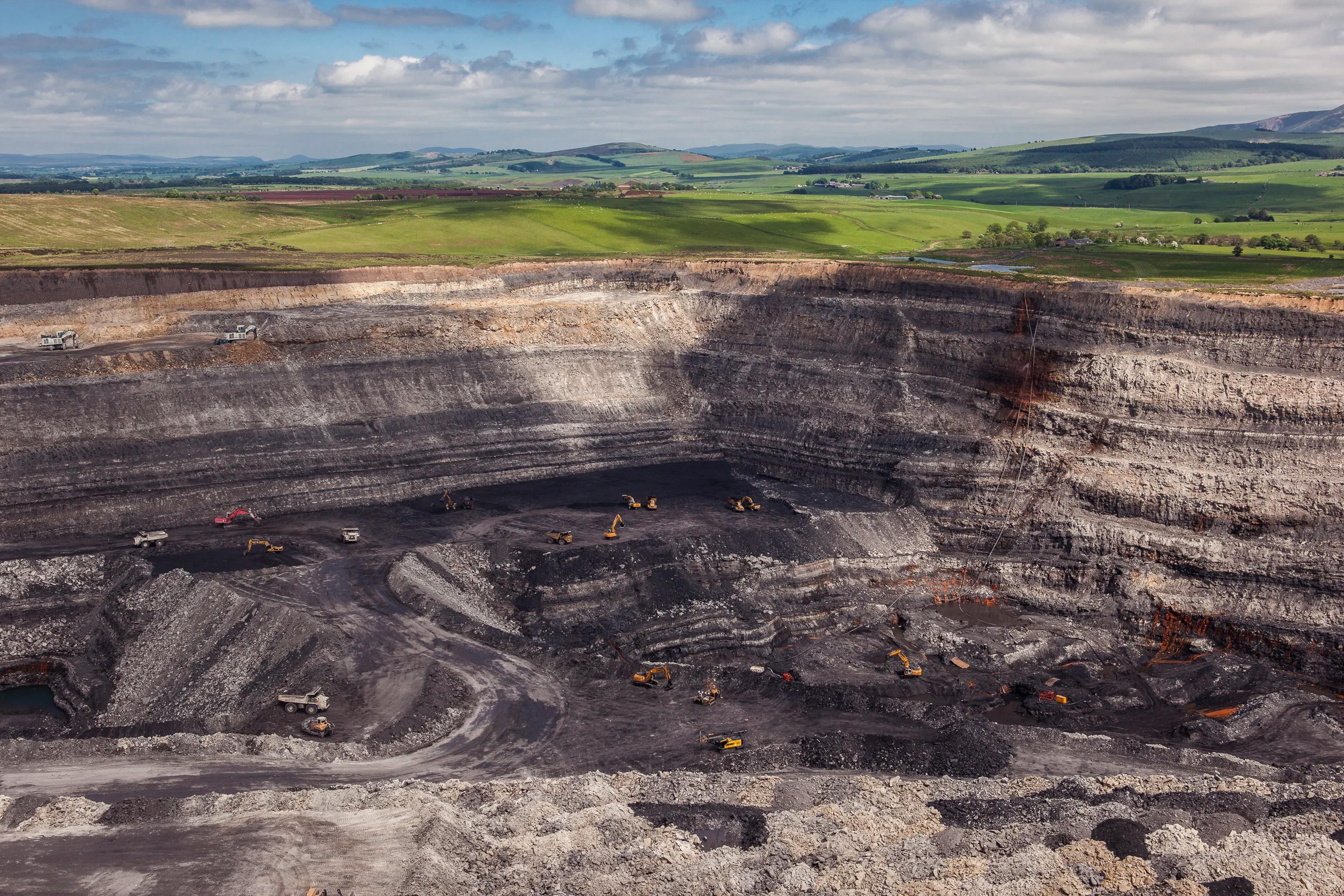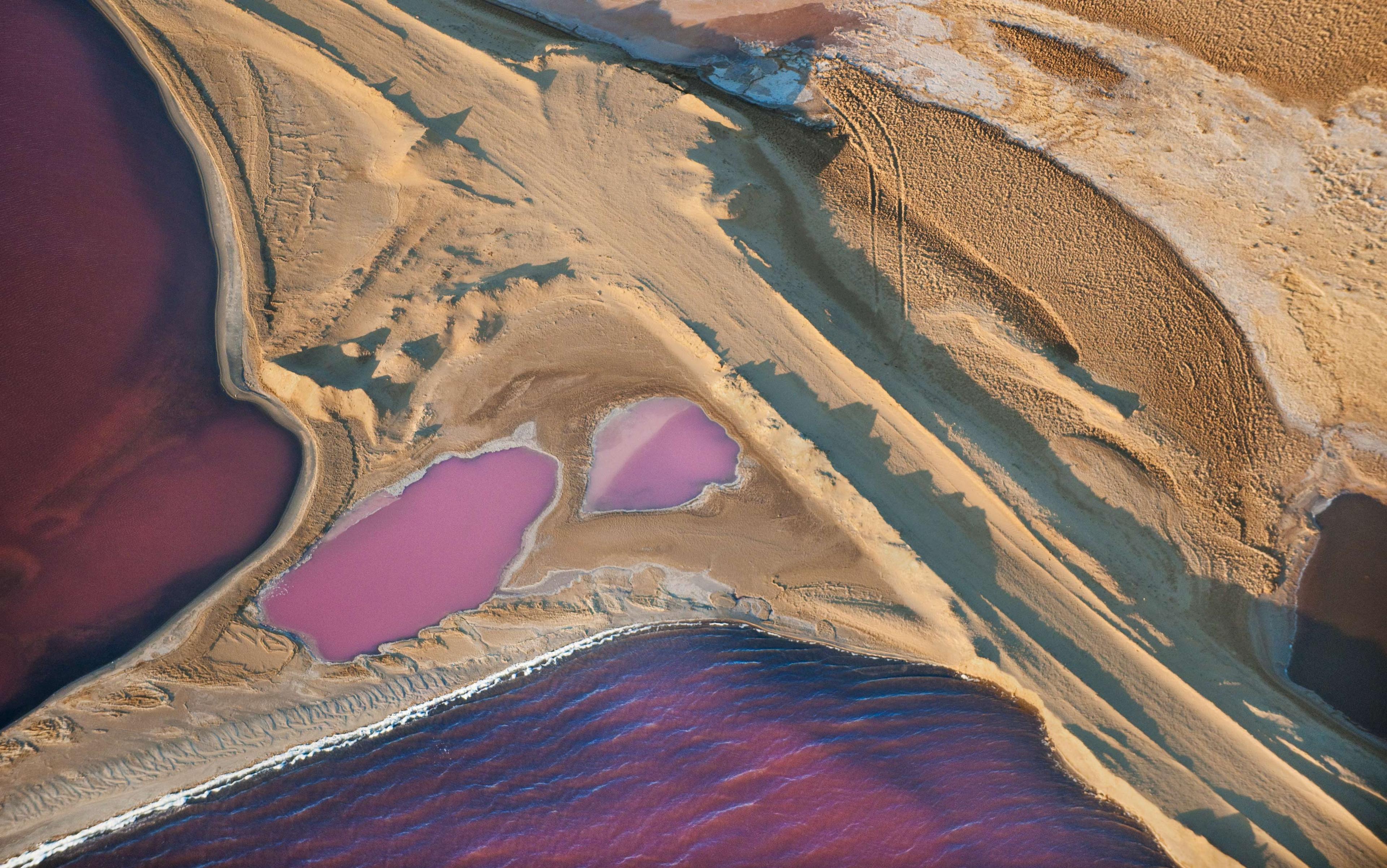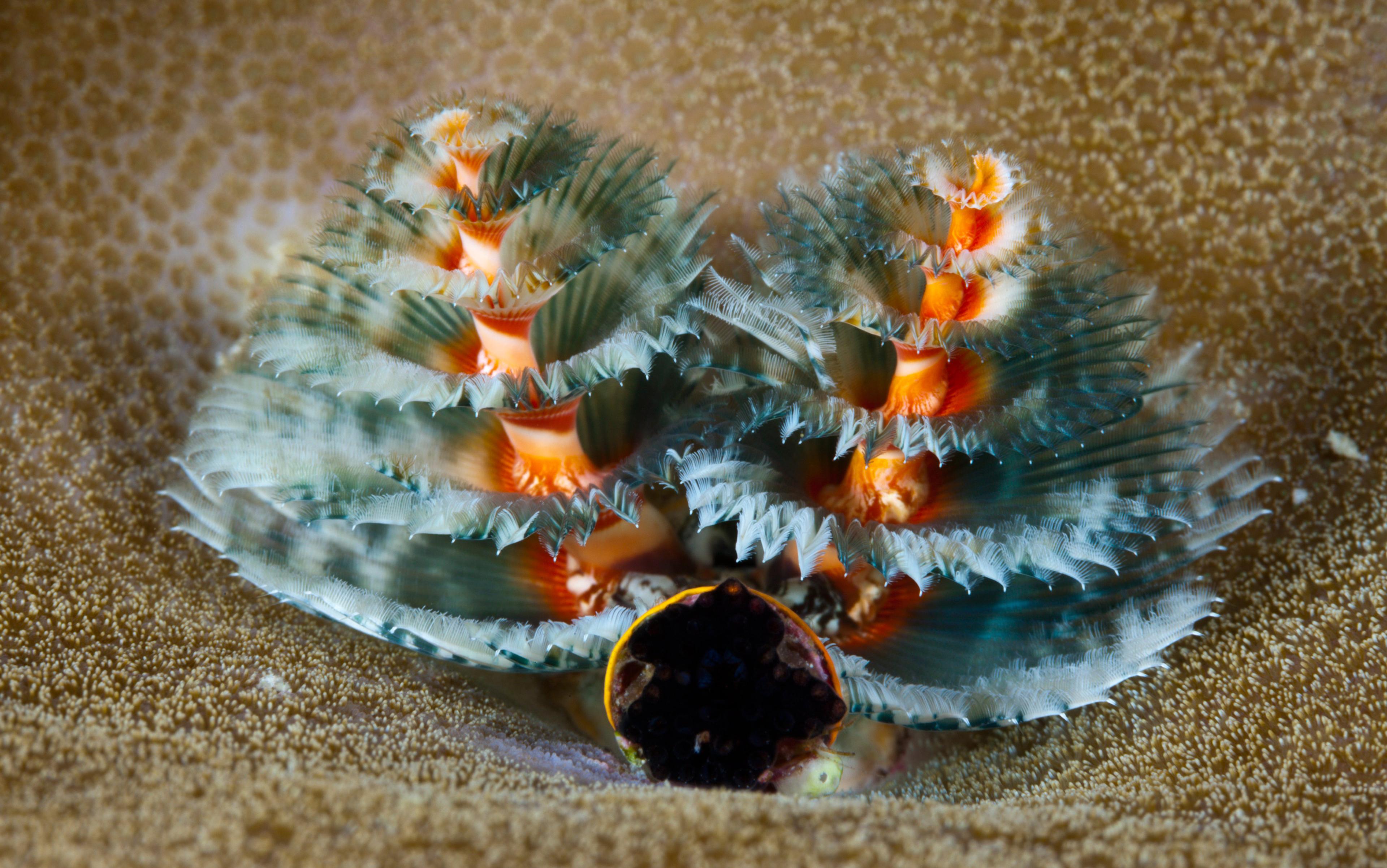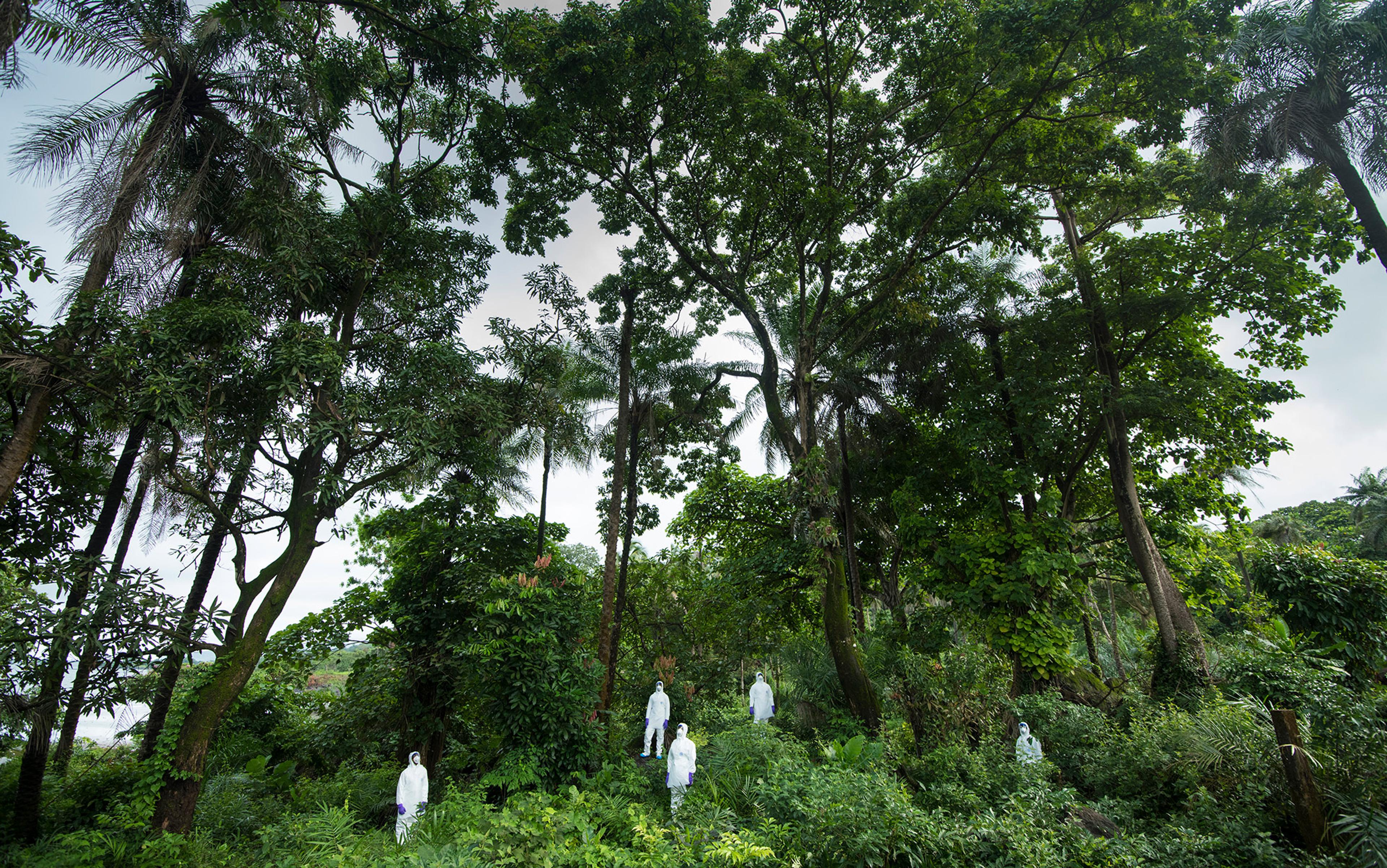As a planetary astrobiologist, I am focused on the major transitions in planetary evolution and the evolving relationship between planets and life. The scientific community is converging on the idea that we have entered a new epoch of Earth history, one in which the net activity of humans has become an agent of global change as powerful as the great forces of nature that shape continents and propel the evolution of species. This concept has garnered a lot of attention, and justly so. Thinking about the new epoch – often called the Anthropocene, or the age of humanity – challenges us to look at ourselves in the mirror of deep time, measured not in centuries or even in millennia, but over millions and billions of years. And yet much of the recent discussion and debate over the Anthropocene still does not come to terms with its full meaning and importance.
Various markers have been proposed for the starting date of the Anthropocene, such as the rise in CO2, isotopes from nuclear tests, the ‘Columbian exchange’ of species between hemispheres when Europeans colonised the Americas, or more ancient human modifications of the landscape or climate. The question in play here is: when did our world gain a quality that is uniquely human? Many species have had a major influence on the globe, but they don’t each get their own planetary transition in the geologic timescale. When did humans begin changing things in a way that no other species has ever changed Earth before? Making massive changes in landscapes is not unique to us. Beavers do plenty of that, for example, when they build dams, alter streams, cut down forests and create new meadows. Even changing global climate and initiating mass extinction is not a human first. Photosynthetic bacteria did that some 2.5 billion years ago.
What distinguishes humans from other world-changing organisms must be related to our great cleverness and adaptability; the power that comes from communicating, planning and working in social groups; transmitting knowledge from one generation to the next; and applying these skills toward altering our surroundings and expanding our habitable domains. However, people have been engaged in these activities for tens of thousands of years, and have produced many different environmental modifications proposed as markers of the Anthropocene’s beginning. Therefore, those definitions strike me as incomplete. Until now, the people causing the disturbances had no way of recognising or even conceiving of a global change. Yes, humans have been altering our planet for millennia, but there is something going on now that was not happening when we started doing all that world-changing.
To me, what makes the Anthropocene unprecedented and fully worthy of the name is our growing knowledge of what we are doing to this world. Self-conscious global change is a completely new phenomenon. It puts us humans into a category all our own and is, I believe, the best criterion for the real start of the era. The Anthropocene begins when we start to realise that it has begun. This definition also provides a new angle on the long-vexing question of what differentiates our species from other life. Perhaps more than anything else, it is self-aware world-changing that marks us as something new on the planet. What are we? We are the species that can change the world and come to see what we’re doing.
By this alternative criterion, the true Anthropocene – what we might call the ‘mature Anthropocene’ – is just getting started. All of these earlier stages that have been suggested as start dates were a kind of preamble, an unconscious rather than conscious human remaking of Earth. The mature Anthropocene begins when we acquire the ability to live sustainably, and become a lasting presence on this world. This epoch arrives with mass awareness of our role in changing the planet. This is what will allow us to transition from blundering through inadvertent global changes to thoughtfully and deliberately controlling our effects on the planet. It starts with the end of our innocence.
How do we lose our innocence? By developing situational awareness: by becoming cognisant of how we are behaving on a planetary scale, in space and time, and integrating that knowledge into our actions. This will not require altruism or idealism or self-sacrifice, only accurate self-perception and enlightened self-interest. Responsible global behaviour is ultimately an act of self-preservation of, by, and for the global beast that modern technological humanity has become.
What we are observing are the effects of not only a new geologic force, but a new type of geologic force. There has never before been a geological force aware of its own actions. Humanity has at least a dim, and growing, cognisance of the effects of its presence on this planet. The possibility that we might integrate that awareness into how we interface with the Earth system is one that should give us hope. No force of nature has ever decided to change course before. If we do not like some aspects of how this epoch is playing out, its outcome is not set in stone.
In short, our growing knowledge of the Anthropocene is exactly what makes it a truly new type of geological age. I propose that we call this time we’ve been living through so far, the age during which we’ve been accidentally tinkering with planetary evolution, the ‘proto-Anthropocene’. We can regard this phase as a first step in realising our lasting role on Earth. It might be a necessary prelude to the mature Anthropocene, when we fully incorporate our uniquely human powers of imagination, abstraction and foresight into our role as an integral part of the planetary system. The ‘mature’ part of the name differentiates conscious, purposeful global change from the inadvertent, random changes that have largely brought us to this point.
Viewed this way, the Anthropocene is something to welcome, to strive for.
Some scientific critics see the concept of an Anthropocene epoch as grandiose. They wonder if the coming of humanity is really so important, seen against the immense backdrop of Earth history. They worry that we are thinking too big. Yet I think the opposite is true. Maybe in thinking of it as merely a new epoch we are thinking way too small. A shift to a new epoch is not that rare. An epoch typically lasts for a few million years, which, for Earth, means it’s no big deal. Yet this latest transition is not merely another geological shift among many in Earth’s long, ever-changing history. The advent of conscious agency as a force of change on Earth is a major inflection point in the way the planet functions. What we are witnessing, and manifesting, is much more significant than a shift to another epoch. It is more properly regarded as the potential dawning of a new aeon.
Just as we divide our days into hours, minutes and seconds, we divide geological time into different-size units. Epochs form convenient markers for scientists studying the detailed and tangled history of different locations around Earth. They generally don’t represent major directional Earth changes so much as fluctuations in the complex interplay between changing geography, oscillating climate, and evolving species. Epochs are the constituent elements of larger and larger segments of time: periods, which last for several tens of millions of years; eras, which each encompass several periods; and finally, the largest time divisions, the aeons. There have been only four aeons. Each represents a completely different phase of planetary history. During each, Earth was a fundamentally different planet.
Here I will summarise the four aeons, glossing over a lot of detail in favour of some essentials. In very crude terms, to which any trained geologist will howl with a million caveats and complexifications, the four aeons of Earth can be described as follows:
The Hadean aeon, roughly the first half-billion years, was so named because it was pure hell – or would have been if anyone had been around to experience it. My friend and former officemate Kevin Zahnle at NASA, one of the galaxy’s top experts on planetary origins and evolution, has referred to the Hadean as ‘a world of exuberant volcanism, exploding meteors, huge craters, infernal heat, and billowing sulphurous steams; that is, a world of fire and brimstone punctuated with blows to the head’.
The Archean aeon is often said to have begun 3.8 billion years ago with the origin of life. Some researchers have attached it to the appearance of the first crustal rocks. Either definition would mean that the date will keep moving earlier in time as we explore Earth’s past more fully or, as Zahnle said, this ‘puts the Hadean into the same category as the fastest mile or the tallest building’. Sometimes, its start date is simply pegged at 4 billion years ago.
The Proterozoic aeon began 2.5 billion years ago, at the time when oxygen from photosynthesis began building up in the atmosphere, generating the Great Oxygenation Event. This is when life took over the atmosphere, causing one of the most catastrophic transformations in Earth’s history. To the anaerobic bacteria that had dominated the planet, oxygen is toxic. Organisms died off, found sanctuary in secluded environments, or evolved into oxygen-tolerant forms.
The Phanerozoic aeon began 542 million years ago, with the Cambrian explosion. This was when life rapidly became complex and macroscopic. Up to that time, it had consisted almost entirely of single-celled organisms. Afterward, Earth became a world crawling with multicellular animals and plants.
When trying to make sense of our planet and ourselves in the context of cosmic evolution, and asking what parts of the Earth story might be universal, it’s best to ignore the epochs and periods and go straight to the major aeon transitions. It seems obvious to all but the writers of grade-B science-fiction films and some of the more gullible UFO conspiracists that the evolution of life, however it might have unfolded elsewhere in the Universe, will not, in the details, resemble what has occurred on Earth. Consider a roughly Earth-size exoplanet around a Sun-like star located 30 light-years away. You can bet there will not be any Jurassic world there. No dinosaurs. There will not be a Pleistocene. No woolly mammoths. The epochs of Earth history, even those lasting tens of millions of years, represent the unique, random details in the meandering path of life on our planet.
Yet what about the largest timescales: the aeons, the major biological events of our planet? These are of particular interest to an astrobiologist because each one represents a fundamental transition in the relationship between life and Earth. And each, I believe, is something we could legitimately search for on other planets.
If we find other civilisations, it will be the ones who have made it through the bottleneck of technological adolescence
One of our main strategies for seeking life elsewhere operates on the suspicion that other planets’ atmospheres would also have been oxygenated by photosynthetic life. Perhaps this is geocentric thinking, but it’s hard for us to imagine that opportunistic, evolving life would not plug into the powerful and ubiquitous energy source of sunshine (or starshine). So we half-expect something like a Great Oxygenation Event elsewhere. From there, it is entirely reasonable to ask if other planets had a Cambrian explosion or something like it. The question comes up all the time in astrobiology: should we expect only simple microbial life on other worlds, or larger and more complex organisms?
The biggest question of all is whether we can find intelligent, technological aliens. What about this new transition now unfolding on Earth, as humans remake the planet? Might something similar occur elsewhere in the Universe? When we do the math of SETI (the Search for Extra-Terrestrial Intelligence), we realise that we are very unlikely to find intelligent life if it is only a brief phase, a flash in the pan, before alien civilisations destroy themselves or otherwise lose their technological capabilities. Only great longevity would insure that civilisations could find one another across the gulfs of time and distance between stars. If we find other civilisations, it will be the ones who have made it through the bottleneck of technological adolescence.
From an astrobiology point of view, I believe that the beginning of a time when cognitive processes become a key part of the way the planet functions is potentially as significant as the dramatic planetary changes marking the other three aeon boundaries in Earth history. Each of these represented a major shift in the relationship between life and the planet. The moment when cognitive processes become a dominant mechanism of change is easily as significant as the oxygenation of the atmosphere or the advent of multicellular animal life. If global intelligence becomes a lasting planetary force, then I believe it is appropriate to regard this as the beginning of Earth’s fifth aeon.
What should we call it? I propose the Sapiezoic aeon.
When Carl Linnaeus, the 18th-century Swedish botanist who established the modern system of naming species, was coming up with a name for humans, he sought a quality that differentiated us from other, similar animals within the genus Homo. He chose sapiens from the Latin sapientia, meaning ‘wisdom’. Here, he was foreshadowing Charles Darwin, who in 1871 wrote: ‘[O]f all the differences between man and the lower animals, the moral sense or conscience is by far the most important … It is the most noble of all the attributes of man.’ Perhaps giving us this lofty title was a bit of an overreach, of self-flattery, but it can also be seen as an aspirational goal, something we wish to be. And we alone are capable, it seems, of wishing or imagining ourselves to be something we are not, or not yet.
Sapience (wisdom) differs from intelligence (or cleverness) in that it is not merely a kind of cognitive skill, but includes the ability to act with judgment born of experience. You can be intelligent but lack wisdom. You might be the best in the world at answering questions on IQ tests, or the cleverest solver of puzzles, but still lack the judgment to make good decisions. Wisdom is clearly something that some individual humans and teams of people (and possibly orcas and elephants) carry in abundance. Yet can we, humanity, collectively, globally, find wisdom? We’re in a phase right now characterised by our strong global influence, largely untempered and unmodified by our observations of the effects it is having. Can we make the transition to a phase of considered global control, in which our actions are guided by all the knowledge we are gaining about the planet and its history, our history, and our growing awareness of the interactions between the two?
This would be a changed world, and I have a name for it, too: Terra Sapiens, or Wise Earth. This is an Earth where we and the planet have both changed to come to grips with each other; where we’ve learned to live comfortably over the long haul with world-changing technology, applied with a deep understanding of planetary function; where intelligent and wise application of our engineering skills has become smoothly integrated into global processes. It’s a vision for the planet, but it’s also an aspirational name for ourselves – for whom we must become to manifest this world. On Terra Sapiens, we won’t differentiate between the two identities because we’ll identify deeply with the planet. We’ll understand that wise self-management and wise planetary management are one and the same.
This might be wishful thinking. No, it is wishful thinking. I don’t see it as a forgone conclusion that we can achieve this rebalanced world where we’ve learned to apply our cleverness with wisdom. Yet it is by no means certain that we can’t, either. It’s valuable to have a vision of where we think we could and should be going. With the halting beginning of our mature Anthropocene, we tentatively dip our toes into this new aeon.
In calling such an era Sapiezoic, I don’t assume it will be humans (Anthropos) who will attain the wisdom to run a planet or, more accurately, to run with it. I suggest it as a more generic name for an aeon when cognitive processes become a stable part of a planet’s functioning. It is when life, any life, realises what it is doing and incorporates that knowledge into the operation of its planet. If we humans do not make the leap to sapient planetary management, other species could develop this ability in the future. If we blow it this time, another human or hominid civilisation might rise again, perhaps learning from our mistakes. Or we might need to change ourselves beyond recognition to achieve the necessary level of wisdom and self-control. Earth might have a Sapiezoic aeon that does not begin with us.
The Sapiezoic aeon also need not refer just to Earth. It is integral to the idea that intelligent life could appear on other worlds. Minds and machines are powerful and world-changing. If they appear on other worlds, and if they last, those worlds will be transformed by them. Such planets will pass through their own Sapiezoic aeons. When I think of SETI and the question of what it takes to achieve a long-lived planetary civilisation, I imagine not just clever species with lots of nifty technology, but species who have navigated the same fundamental hurdles we are now facing, which have to do largely with discovering and redefining our relationship with our planet. I imagine worlds where technology has become an integral attribute of a biosphere, one that ensures longevity.
Don’t write off our potential to wake up, grow up, ‘human up’ to our responsibilities and our capabilities
I’ve argued elsewhere that one way to approach the foundational question ‘What is life?’ might be to think of life as a property that a planet sometimes takes on. Similarly, mind could be a phenomenon that sometimes becomes a property of a planet. If planets can have Sapiezoic aeons, then there is a form of stable intelligence, manifested on some other world, that has not quite yet appeared on Earth.
Right now, we seem to be sleepwalking participants and observers of a new kind of planetary transformation. Could this be a local version of a stage in cosmic evolution in which some planets start to wake up, look at themselves self-consciously, and at the same time look outward and wonder if they are unique? We don’t yet know if this process has happened anywhere else, but maybe this perspective can help us in our effort to figure out what is going on here, and what our role is in this transition. Maybe it can help us awaken fully before we do too much damage.
During the last ice age, humans huddled around campfires and told stories, solidifying our identity as social, collective, problem-solving beings. Today, the world is being woven together rapidly, and we’re building distributed electronic campfires and gathering around them, struggling to find a newly enlarged sense of identity and purpose. We are a global force now. We are not going to relinquish this capacity, so we need to finish what we started in the East African savannahs and Pleistocene caves. We have new tools at our disposal that might allow us to change again to meet new challenges. Don’t write off our potential to wake up, to grow up, to ‘human up’ to our responsibilities and our capabilities.
If we are going to live up to the sapiens in the name that Linnaeus optimistically gifted us with, then we need to become fully human. We have to remake our world and ourselves. We have to create Terra Sapiens.
Excerpted from the book ‘Earth in Human Hands’ by David Grinspoon. Copyright © 2016 by David Grinspoon. Reprinted with permission of Grand Central Publishing, New York, NY. All rights reserved.
